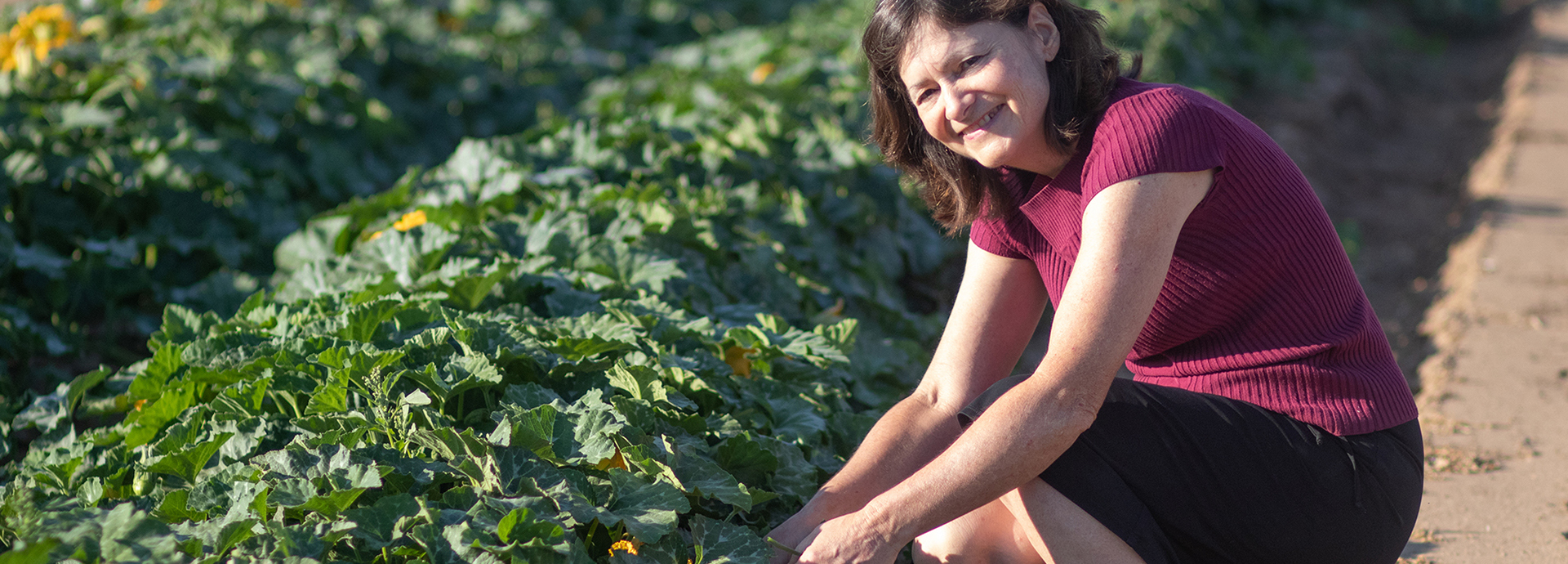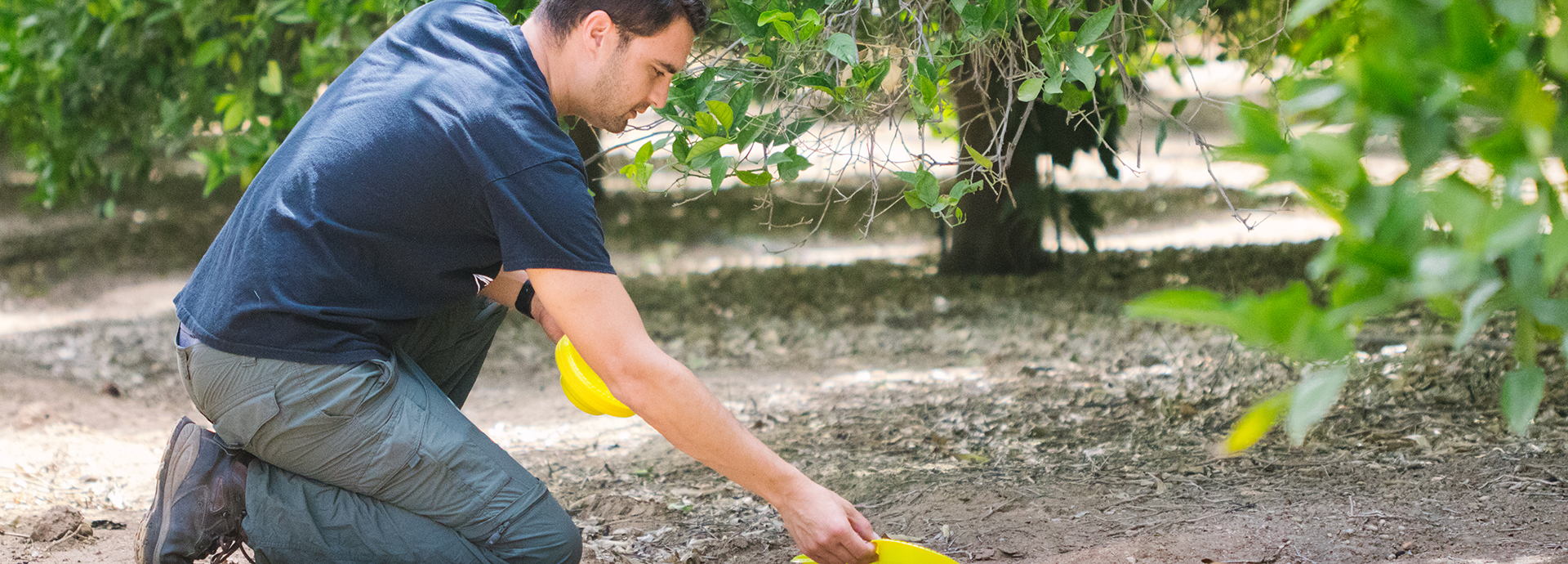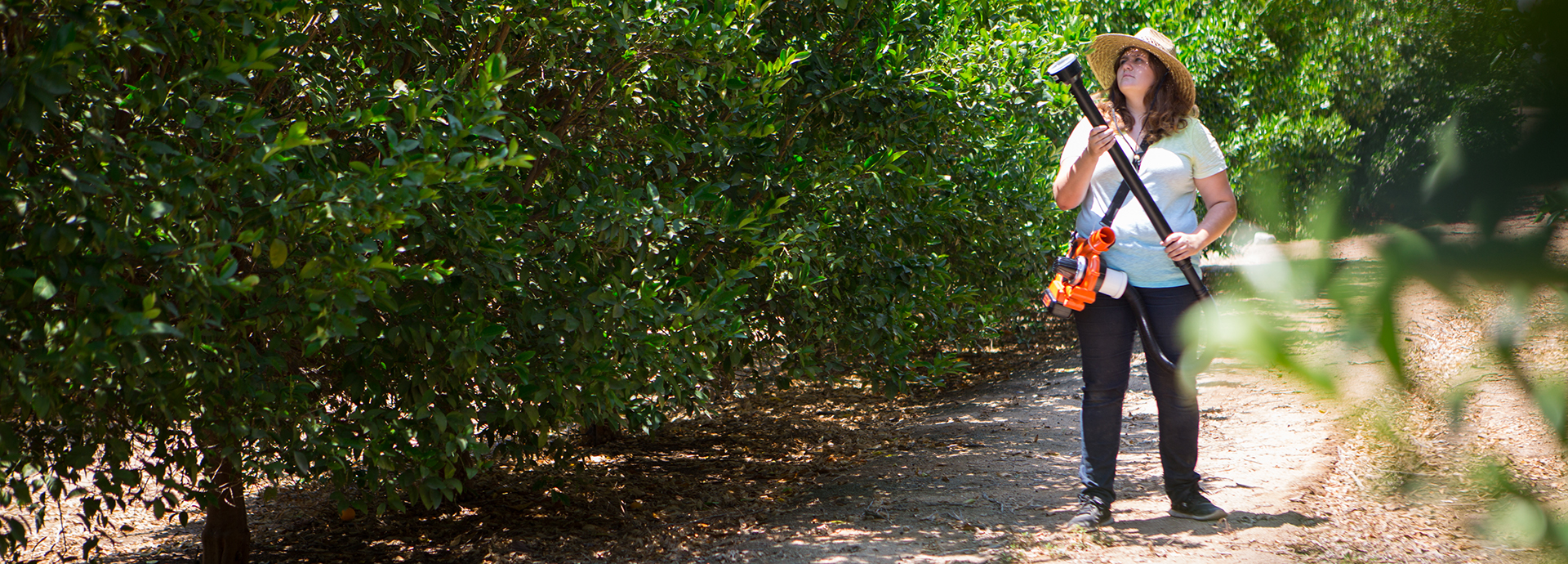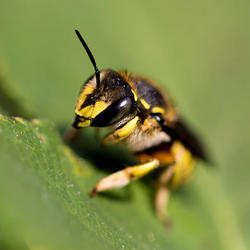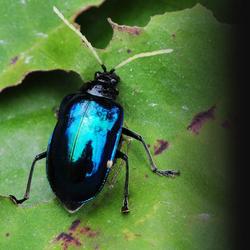UCR Student Graduate Programs
Invasive Species Council of California
The ISCC represents the highest level of leadership and authority in state government regarding invasive species. The ISCC is an inter-agency council that helps to coordinate and ensure complementary, cost-efficient, environmentally sound and effective state activities regarding invasive species. The ISCC was established February 10, 2009. The ISCC approved the ISCC By-Laws and California Invasive Species Advisory Committee Charter on April 8, 2009.
UC Integrated Pest Management
Integrated pest management (IPM) is an ecosystem-based strategy that focuses on long-term prevention of pests and pest damage through a combination of techniques such as biological control, habitat manipulation, modification of cultural practices, and use of resistant varieties.
USDA Invasive Species Information Center
The National Invasive Species Information Center (NISIC) was established in 2005 at the National Agricultural Library to meet the information needs of users including the National Invasive Species Council. The Web site serves as a reference gateway to info, organizations, and services about invasive species.
USGS Invasive Species Program
Working collaboratively with partner agencies and organizations, USGS provides the tools, technology, and information supporting efforts to prevent, contain, control, and manage invasive species nationwide.
Don't Move Firewood.org
The ‘Don’t Move Firewood’ website was developed building on conversations under the auspices of the Continental Dialogue on Non-Native Forest Insects and Diseases. The Continental Dialogue is a group of organizations and individuals that cultivates and catalyzes collaborative action among diverse interests to abate the threat to North American forests from non-native insects and diseases. The website is owned by The Nature Conservancy as part of its efforts to support the actions of the Continental Dialogue.
Invasive.org
The overall objective of Invasive.org is to provide an accessible and easy to use archive of high quality images related to invasive and exotic species, with particular emphasis on educational applications.
Monash University, The Weed Information Network
Monash University's Weed Information Network has been designed to help stakeholders in natural resource management learn more about invasive plants and weed control systems. The key aim of the site is to foster ongoing agroecosystems viability and resilience in an environment of changing human priorities.
University of Florida - Center for Tropical Agriculture (UF-CTA)
From the Potential Invasive Pests Workshop held in October 2010, this website hoist the schedule and meeting presentations.
Invasive Species of California
With six new invasive species establishing themselves in California each year, it is vital for CISR and other organizations to study these invasive species to prevent further damage. Here you can find an overview of some of the invasive species currently undergoing research. Click here for more invasive species...

The Glassy-Winged Sharpshooter
Due to heavy feeding on ornamental trees, this pest produces copious amounts of watery excreta that rains down on anything, or anyone below.

Avocado Thrips
Larvae of the Avocado Thrips damages leaves, scar young fruit and even transform the skin to a brown mummified surface.

Quagga Mussels
Quagga and zebra mussels clog water intake structures (pipes and screens), which increases maintenance costs for water treatment and power plants.

The Goldspotted Oak Borer
Goldspotted Oak Borer larvae kill patches and strips of phloem and cambium, resulting in limb and branch die back and, eventually, tree death.

The Asian Tiger Mosquito
The Asian tiger mosquito is an aggressive biter that feeds primarily during the day and has a broad host range including: man.

Diaprepes Root Weevil
Adult beetles will feed on leaves causing a characteristic notching pattern. Larval feeding will eventually girdle the crown area of the root system, killing the plant.

Mediterranean Fruit Fly or Medfly
Several females may attack a single fruit, producing up to 100 maggots underneath the skin of the fruit. The maggots then tunnel into the fruit.

Light Brown Apple Moth
LBAM larvae feed on leaves and buds reducing photosynthetic rate, deforming growth patterns, which leads to general plant weakness and disfigurement.
Mobile Apps, for Invasive Species on the go
Calflora Observer (free)
[iPhone][Android] The Calflora Observer is a smart phone app that allows you to quickly and efficiently report wild plant occurences. This application makes it easy for you to report the species name, date and location of over 10,000 California native and non-native plant taxa.
Invasive Plants in Southern Forests: Identification and Management (free)
[iPhone] This app provides information on accurate identification of the 56 nonnative plants and groups that are currently invading the forests of the 13 Southern States.
For more app suggestions, visit the USDA page on Invasive Species apps
What are invasive species?
Invasive species, alien species, exotic pests, bio-pollution, non-indigenous species, or invasive alien species, are common names that categorize non-native animals, microbes, diseases, or plants that are pests. These pests are not native in areas in which they cause problems and they are considered "invasive" because they invade new areas and the resulting invasion causes economic or environmental problems.
Where do invasive species come from?
Invasive species are often native to a country or area different to that in which they have invaded and are now causing problems. On average, California acquires around six invasive species per year, this is a rate of one new species every 60 days. Hawaii and Florida acquire new species at a round of around 15 per year.
Why are invasive species a problem?
Invasive species cause a wide diversity of economic and environmental problems which almost always arise from uncontrolled population growth and spread in the area which has been invaded. Economic problems arise from the costs required to control invasive species, to reduce their rate of spread, or the need to inspect agricultural products that are being exported that may accidentally move the invasive pest to a new area.


